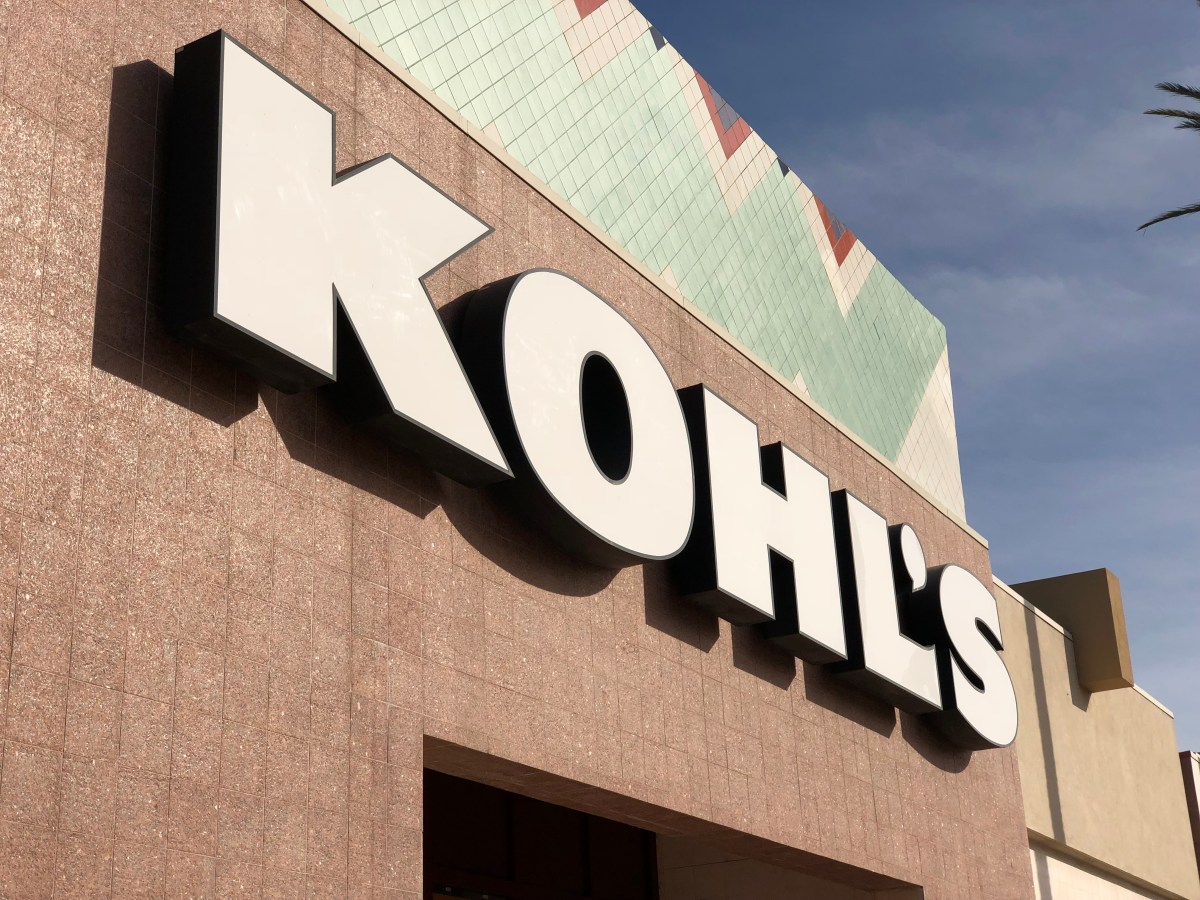Kohl’s to Close 27 Stores: Analyzing the Impact on Local Communities
In a significant shift for the retail giant, Kohl’s has announced the closure of 27 stores across the country. This decision, while reflecting broader trends in the retail sector, raises important questions about the future of brick-and-mortar retail and its impact on local communities. As consumer shopping habits evolve and e-commerce continues to gain traction, traditional retailers like Kohl’s face mounting pressures that can lead to difficult choices. This article delves into the specifics of the closures, the rationale behind the decision, and the implications for the affected areas.
Which Locations Will Be Affected by the Store Closures?
While the exact list of the 27 Kohl’s stores slated for closure has not been fully disclosed, reports indicate that the affected locations span various states, including both urban and suburban areas. The closures are part of a broader strategy to streamline operations and focus on more profitable stores. The company has indicated that it will continue to assess its real estate portfolio to ensure the most effective use of its resources.
Potential Locations of Closure
- Kohl’s stores in smaller markets where foot traffic has declined significantly
- Locations that have struggled to compete with nearby retailers
- Stores that have underperformed in sales metrics over the past few years
Although specific cities and states have not been universally confirmed, many analysts predict that areas with higher concentrations of competing retailers may see closures. This trend mirrors the retail industry’s shift as consumers increasingly turn to online shopping platforms, leading to reduced foot traffic in physical stores.
The Rationale Behind the Closures
As with many retailers navigating the changing landscape of consumer behavior, Kohl’s decision to close these stores is driven by several factors:
- Shifting Consumer Preferences: The rise of e-commerce has fundamentally altered how consumers shop. Many shoppers now prefer the convenience of online purchases, often opting for home delivery or in-store pickup.
- Increased Competition: The retail landscape has become more competitive, with discount retailers and online giants like Amazon encroaching on market share. This has forced Kohl’s to reevaluate its physical presence.
- Cost Management: Closing underperforming stores allows Kohl’s to cut costs, streamline operations, and allocate resources to more profitable locations.
These closures are not unique to Kohl’s. Other major retailers, including J.C. Penney and Macy’s, have also announced similar strategies in recent years as they confront the realities of a rapidly changing retail environment.
Impact on Local Communities
The closure of a Kohl’s store can have significant repercussions for local communities. The immediate effects may include:
- Job Losses: Each store closure means a loss of jobs for employees, which can impact local economies, especially in areas where retail jobs are a primary source of employment.
- Reduced Shopping Options: For communities that rely on Kohl’s for clothing and household goods, the loss of a store can limit consumer choice and increase travel distances to shop at other locations.
- Impact on Local Businesses: The closure of a retail store can affect nearby businesses that benefit from foot traffic generated by larger retailers. This can lead to a ripple effect, impacting the overall economic health of the area.
Community Responses to Store Closures
While the news of Kohl’s store closures may be disheartening, communities often respond with resilience. Local governments and organizations may work to support displaced employees through job fairs and retraining programs. Additionally, affected communities can advocate for other businesses to fill the retail void left by Kohl’s.
Future Outlook for Kohl’s and Brick-and-Mortar Retail
As Kohl’s navigates this challenging landscape, the company is also focusing on innovative strategies to engage consumers and enhance the shopping experience. Some key initiatives include:
- Embracing E-commerce: Kohl’s is investing heavily in its online platform, optimizing its website and mobile app to provide a seamless shopping experience.
- Partnering with Online Retailers: Collaborations with brands like Amazon have allowed Kohl’s to expand its reach and attract more customers.
- Store Reimagining: Some Kohl’s locations are being redesigned to create a more inviting shopping environment, with an emphasis on customer service and experience.
Conclusion: Adapting to Change
The announcement of Kohl’s store closures is a critical moment for the retailer, reflecting broader trends in the industry as it adapts to changing consumer behavior and economic pressures. While the impact on local communities can be significant, it is also an opportunity for revitalization and innovation within the retail space. As Kohl’s moves forward, the focus will likely remain on enhancing its e-commerce capabilities and creating a more engaging in-store experience for those who continue to value brick-and-mortar shopping.
Ultimately, while the closure of 27 stores may signal a tough transition for Kohl’s, it also opens the door for new beginnings in retail, emphasizing the importance of adaptability in an ever-evolving market.
See more Business Focus Insider Team

